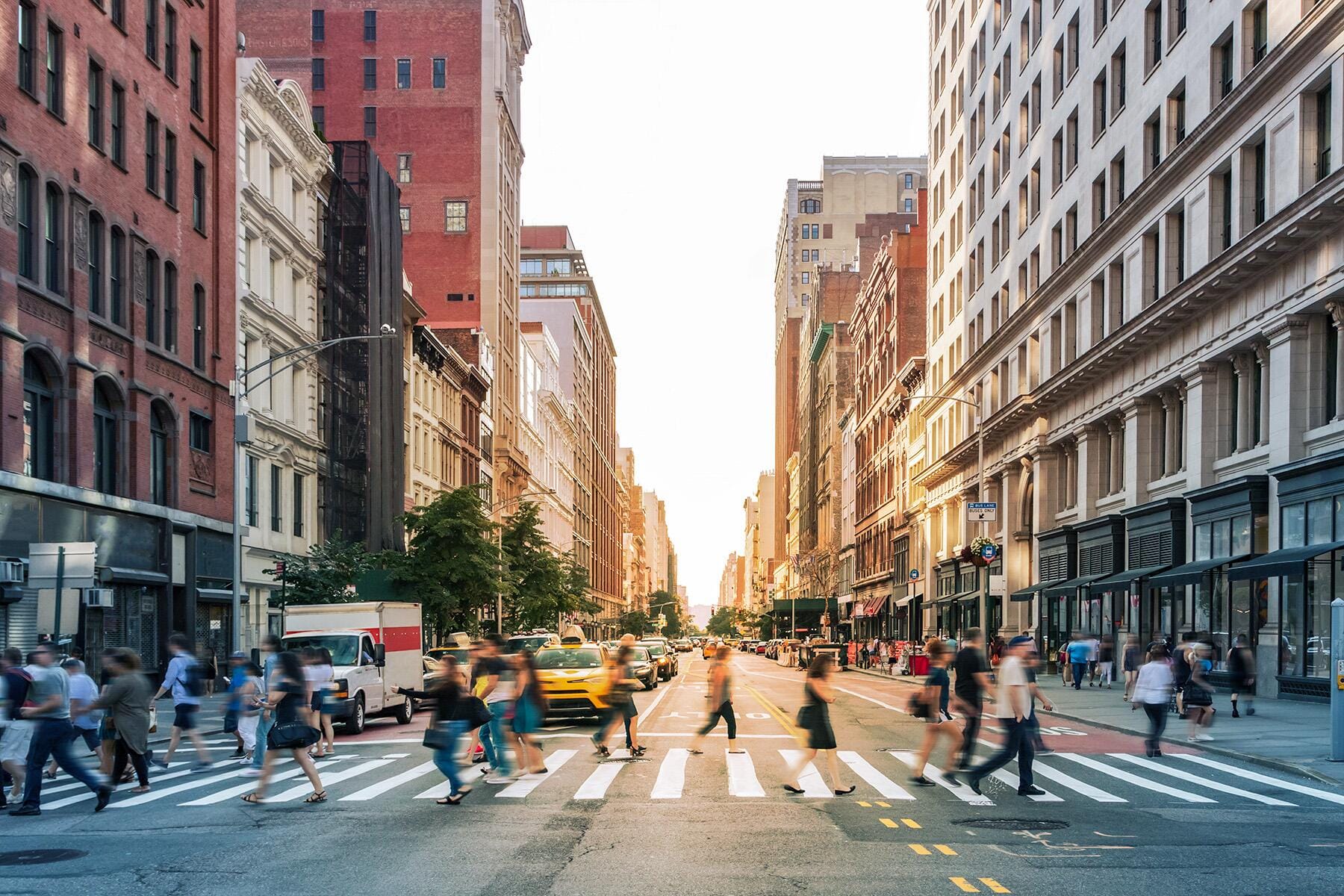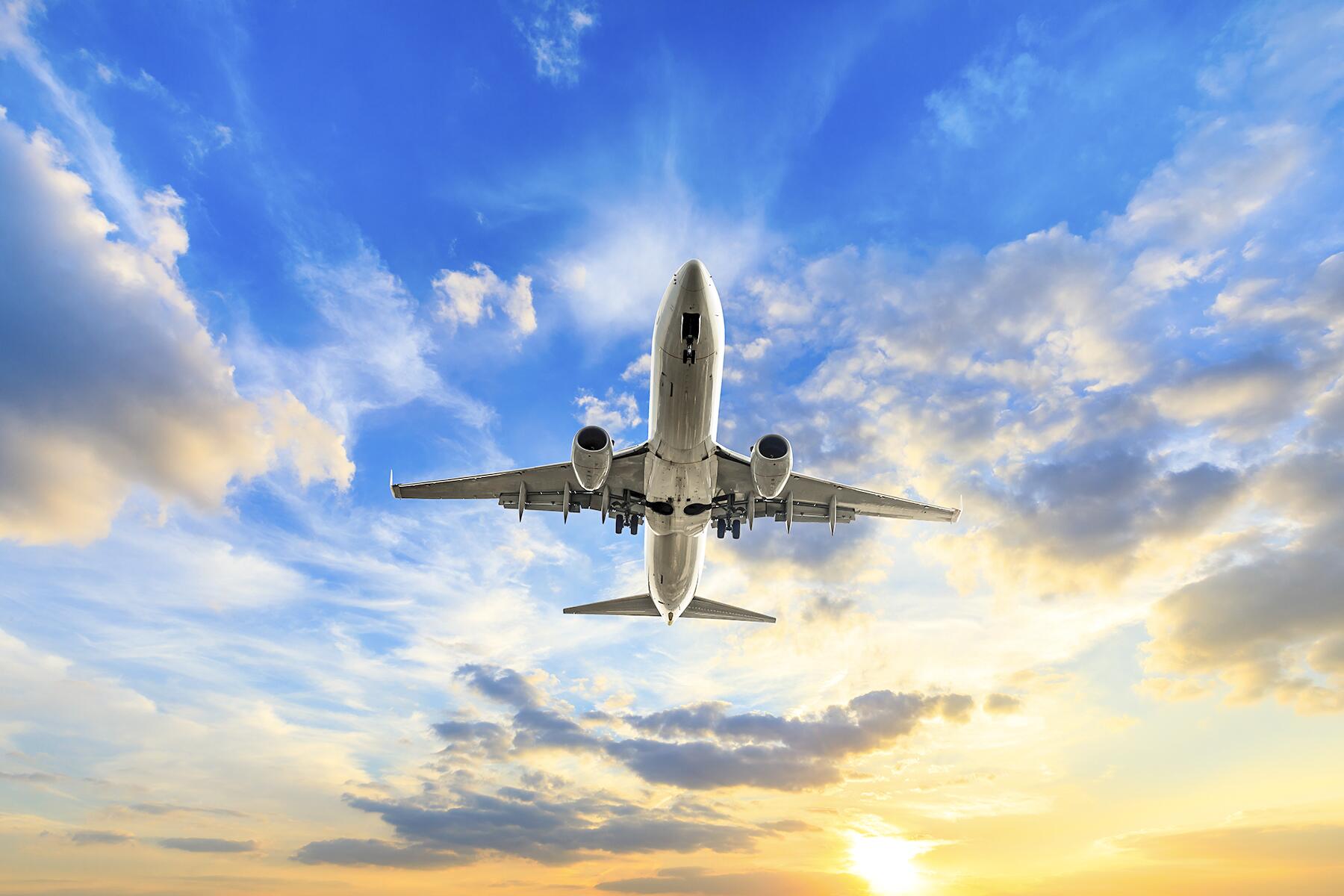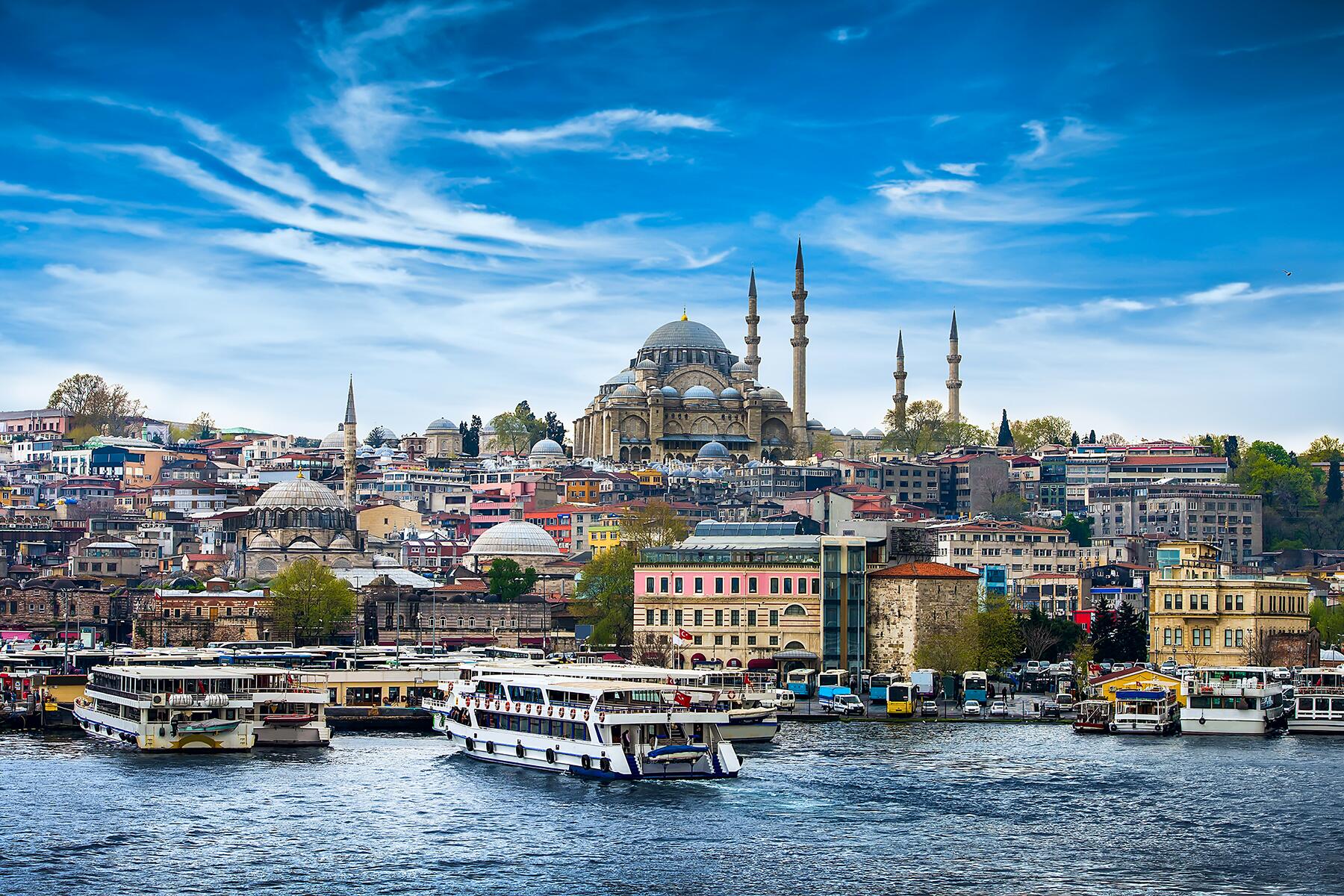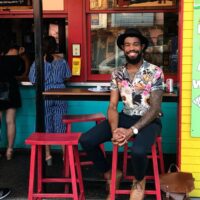People are turning to Turkey for low-cost and high-quality plastic surgery—I was one of them.
It was the end of August 2020, about a month into my first year in Istanbul. Venues at the time were still open, and I went to a newly-opened gay bar right off of İstiklal Caddesi to meet a friend for a casual Friday night out. He was visiting from the UK, and he introduced me to a couple of new friends: A Polish guy and an Algerian man named Ben who had been living in Istanbul for some time.
We all discussed what we did for a living, and Ben, answering last, eventually said that he worked in the cosmetic medical industry. I knew I’d end up seeing Ben again, so I followed him on Instagram and said I’d send him my Turkish number before we all left.
While living in Istanbul, I began to understand that the city is a mecca for cosmetic surgeries—mainly because it’s much more affordable and the industry in Turkey is highly professional and developed. Travelers commonly visit from neighboring Arab countries and from as far as the UK and even North America, wanting to obtain hair transplants, breast augmentations, liposuction, and dental procedures, as they’re usually half or even a third of the price compared to in their home countries.
Recommended Fodor’s Video
I considered liposuction. I had lost 30 pounds almost a decade ago and ever since had dedicated myself to running and being fit, but there was always a nagging bit of loose skin in my abdomen and flanks I could never resolve. I remembered my friend Ben worked in the industry, and he booked me an appointment at one of the most renowned hospitals in Istanbul.
With Ben present, a plastic surgeon looked at me shirtless and felt around my waist. He recommended liposuction, but also a tummy tuck procedure, noting that liposuction could only address subcutaneous fat or fat underneath the skin, but not loose skin itself. Several months passed, and I continued asking myself, Am I going to regret not doing this if I end up leaving Turkey? Logic caved to my heart, and I reached out to Ben again a few months later in December, who set up a second appointment.
At the second visit, I spoke with two surgeons—the doctor I’d already met with and another, slightly younger one. But this time, both of them unequivocally told me I needed a 360 abdominoplasty or a full tummy tuck completely around my waist. This was a sharp but more realistic change from the first consultation in September. I thought to myself, a tummy tuck? Doesn’t that seem a bit extreme?
While I waited with Ben in the lobby after the consultation, the costly and emotional decision swept over me, along with a host of insecurities I had about my body ever since I was a teen. I remembered the way my skin rolled and hung when I did push-ups at the gym. I worried about scarring after the procedure and if my belly button would look strange. I was haunted by the doctors’ words: “this is the only procedure that will give you the results you want.” I decided to get the surgery that day. I paid just under $5,000 for a procedure that would have cost at least $10,000 back in New York City.

After about five hours under general anesthesia, I woke up in the early night slightly dizzy, and a nurse came in to check on me, speaking choppy English. I remember being in a dark blue hospital gown and feeling incredibly sore to the point where I could barely lift myself without wincing. I was wearing a black compression garment around my abdomen and was hooked up to an IV with a catheter, which was very uncomfortable.
There were five tubes draining blood and fluid from my back and front into accordion-like containers the size of a large grapefruit. Where the tubes stemmed from, I saw a thin white bandage strip underneath the compression garment laying across the top of my pelvic area. The loose skin was gone. Unbeknown to me at the time, the younger surgeon who performed the surgery removed 1.8 kilograms—or almost four pounds—of skin and fat with 1500 cubic centimeters of fat, or three pounds.
The night after the surgery was the most excruciating. Beyond the soreness all around my core and the urinary pain from the catheter, I could barely sleep. There was one point when the nurse came in to help me walk, and I ended up fainting. I didn’t tell anyone about the procedure and ended up texting my family that evening. They were rightly in shock, and I didn’t end up calling them until the next day.
I wasn’t allowed to shower for five days while the drains were still in. It was maybe two weeks before I could stand up straight and three weeks before I could roll out of bed without any pain. There was a moment in those first weeks where I completely lost it and broke down crying, barely able to stand and wishing my family had been with me, wondering why I would ever do something like this alone.
On top of it all, there was a large scar in the small of my back that could not be sewn and seeped fluid, which in my surgeon’s words, “looked like a cave.” I continued going to the hospital daily for nearly two months to change the scar’s dressing and check my healing progress. During this period, I began to bond with the surgeon, learning about his life and improving my Turkish with him (despite him being completely fluent in English).
By the time February rolled around, I had mostly healed. There was initial swelling in my abdomen that had mostly disappeared, and the gaping scar on my back was nearly closed. During a checkup, and upon the advice of the surgeon, I decided to get another surgery—this time for gynecomastia or “manboobs.” It was something I had always struggled with since I was a teen—an estimated 30% of men encounter gynecomastia, and male breast reduction surgery is becoming a common cosmetic procedure, especially for younger men. I scheduled the procedure the week after, which was overall much less invasive and intense. The surgeon removed the loose, fatty skin, about 50-70% of glandular tissue, and 500 cubic centimeters with liposuction, which is about one pound of lipoaspirate (mostly fat). My areolas were removed and sewed back on.
Both surgeries will require one year to fully heal and see concrete results, but I’ve been so amazed by the progress so far, occasionally asking myself why I didn’t do this sooner. I often felt proud of my commitment to fitness and my body’s progression after losing a sizable amount of weight. I held on to the “love your body no matter what” mantra and the opinions of my family and friends who assured me I never needed a tummy tuck. But excess skin was never part of my body transformation goals or something I ever wanted. Cosmetic surgery, on the contrary, affirmed what I had always wanted to achieve and gave me the complete confidence that I sought ever since I first decided to shed the pounds years ago.

I often see groups of people on the streets of Istanbul donning black headbands around noticeable hair transplants or, in some cases, walking slowly while wearing compression garments under baggy clothes—a tell-tale sign of cosmetic work. Remembering my journey, I now look at them with tenderness, hoping they find the same feeling of completeness I found.




